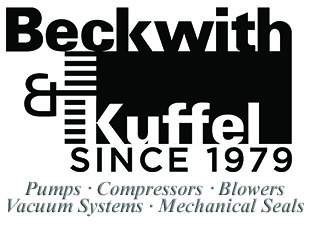Pumps of cast iron construction are furnished with 125 or 250 lb. flat face (F.F.) flanges. Since industry normally uses fabricated steel piping, the pumps are often connected to 150 or 300 lb. 1/~6 raised face (R.F.) steel flanges.
Difficulty can occur with this flange mating combination. The pump flange tends to pivot around the edge of. the raised face as the flange bolts are tightened. This can cause the pump flange to break allowing leakage at the joint. (Fig. 1).
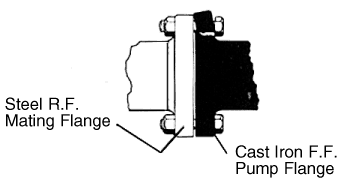
fig. 1

fig. 2

fig. 3
2. Use a full face gasket.
If the pump is steel or stainless steel with F.F. flanges, no problem arises since materials of equal strength are being connected. Many customers, however, specify R.F. flanges on steel pumps for mating to R.F. companion flanges. This arrangement is technically and practically not required.
The purpose of a R.F.vflange is to concentrate more pressure on a smaller gasket area and thereby increase the pressure containment capability of the joint. To create this higher gasket load, it is only necessary to have one-half of the flanged joint supplied with a raised face - not both. The following illustrations show 4" steel R.F. and F.F. mating flange combinations and the gasket loading incurred in each instance.
Assuming the force (F) from the flange bolts to be 10,000 lbs. and constant in each combination, the gasket stress is:
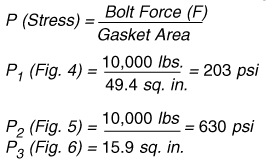
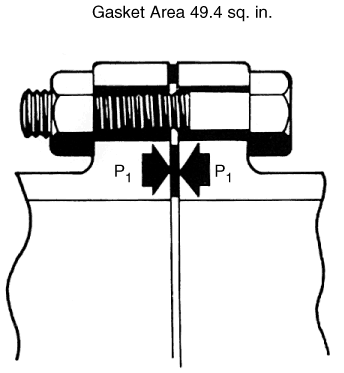
fig. 4
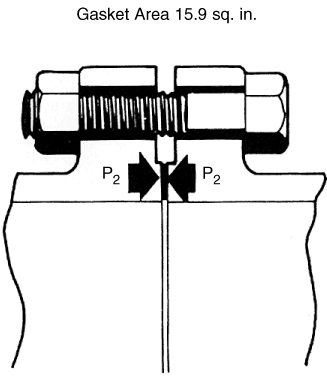
fig. 5
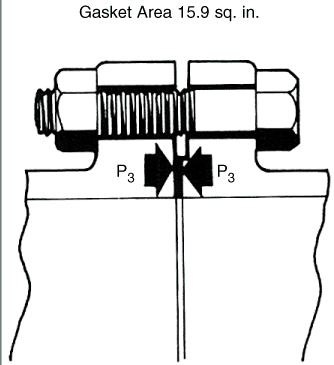
fig. 6
1. The elimination of the extra cost for R.F. flanges.
2. The elimination of the extra delivery time required for a non-standard casing.
